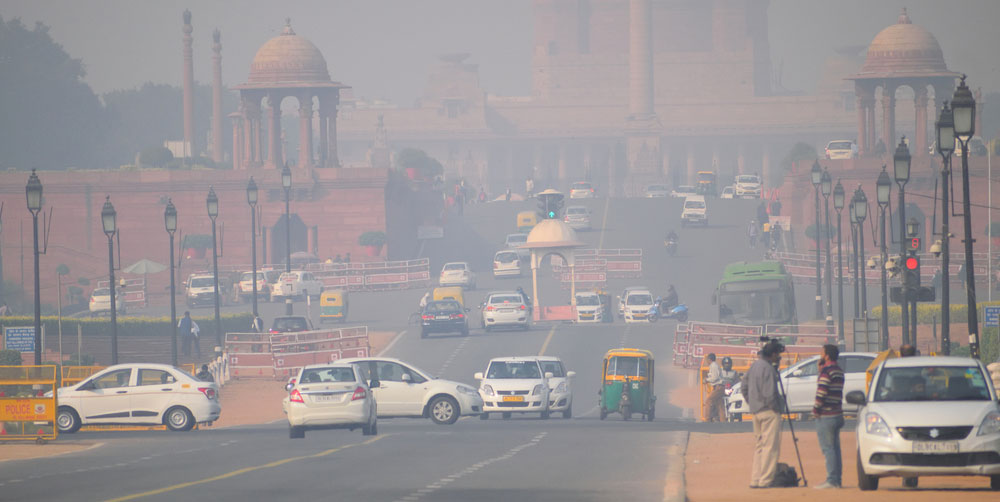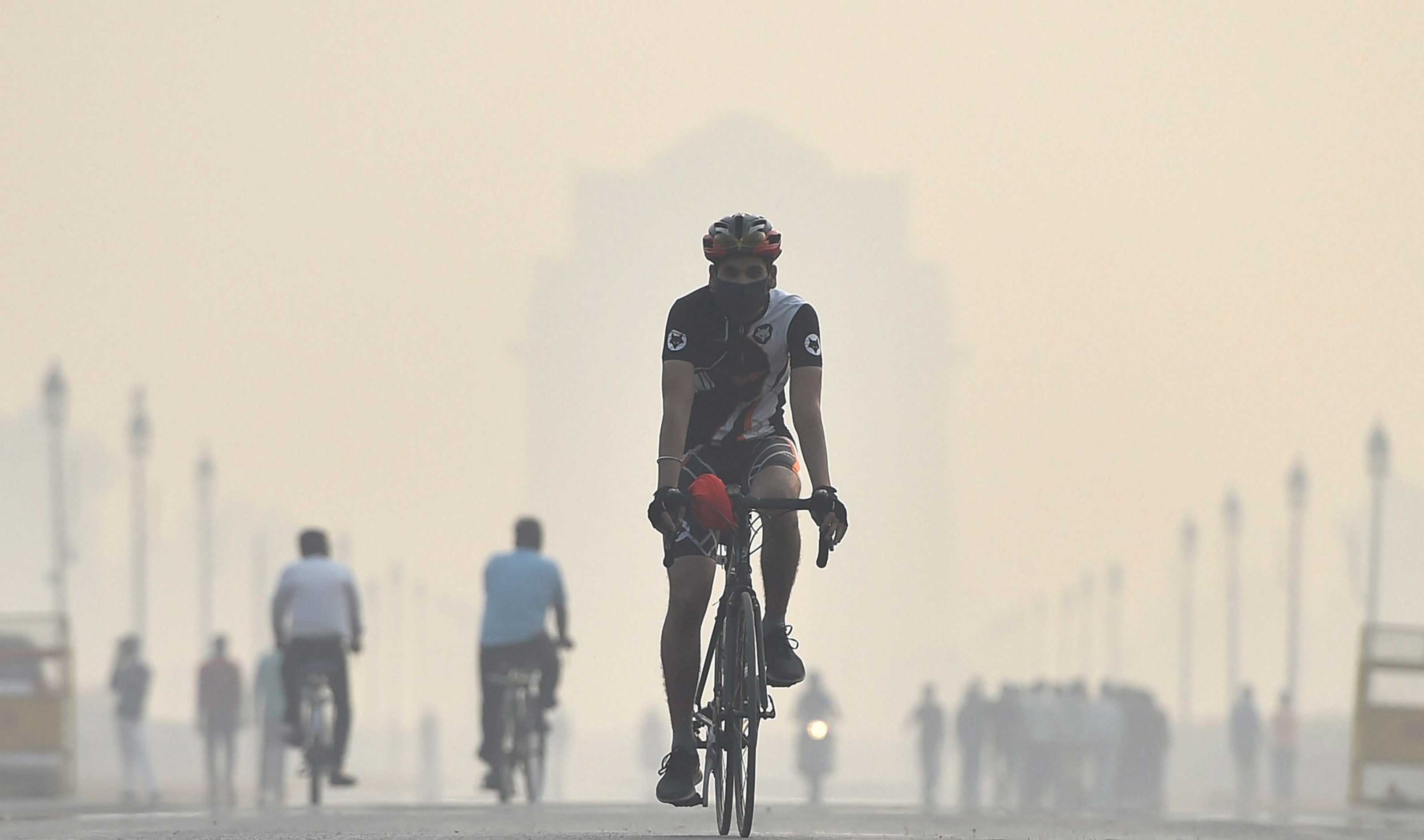One out of every four deaths in the world linked to air pollution may be happening in India. But the country has one of the weakest standards globally for a key pollutant like PM2.5, an ultra-fine particulate. It has remained unchanged since being introduced a decade ago. Standards of various pollutants are set up with an evidence-based presumption that the related health implications would be minimal if the pollutant levels can be kept within the stipulated standard.
The Global Burden of Disease report of 2018 shows that about one million air pollution-triggered deaths had occurred in India in 2015 — the year till which the analysis was made — and the annual average of PM2.5 level in country had actually jumped from 60 to 74 micrograms per cubic metre of air during 1990-2015, the period during which India had arguably become a major global economy. The situation has clearly deteriorated since then, as a 2019 global survey report shows that seven out of the 10 most polluted cities in the world for PM 2.5 are now in India.
Last year, the National Clean Air Programme identified 102 cities in India which were found to have crossed the national limits for air pollutants, especially the particulates. The situation would have been poorer if the World Health Organization’s limit for PM2.5 — or 10 micrograms per cubic metre of air — were considered as benchmark. It is four times more stringent than our limit of 40 micrograms. The PM2.5 standards in most developed countries either tally with WHO guidelines or marginally vary — the United States of America has 12 micrograms — while many developing countries have more stringent standards compared to India.
A recent WHO report said, “The most comprehensive air pollution estimates available from both satellite and Indian ground-level measurements of fine particulate matter (PM2.5) indicate that 99.9% of the Indian population is estimated to live in areas where the World Health Organization (WHO) Air Quality Guideline of 10 µg/m3 for PM2.5 was exceeded in 2015”. The Indian government was in denial till it came to light that the Indian Institute of Technology Bombay was a collaborator in the study and 229 Indian experts contributed their research findings.
The WHO has made it clear that India can prevent 15 per cent of its air pollution-linked deaths — about 1,50,000 deaths every year — by limiting its air pollution level to 10 micrograms. This is not an easy task, but definitely worth pursuing as a long-term target. The first step in that direction is to modify the PM2.5 standard to be in tune with the WHO guidelines or close to the value chosen by most countries. According to key officials in the ministry, nobody in the corridors of Indira Paryavaran Bhawan — the office of the environment ministry — is thinking along these lines. The usual counter-argument is that environmental, socio-economic and other situations are far too different in this country to even attempt such a leapfrog of standards; even a section of environment experts go with this logic. But there are examples in India itself where environmental standards in sync with global benchmarks were demanded and even achieved. In the case of the soft drinks pesticide controversy, the Indian green fraternity, led by the Centre for Science and Environment, successfully pushed for standard equity; in the case of arsenic pollution in water, the previous national limit of 0.05 milligrams per litre was modified to a global limit five times more stringent — 0.01 mg/litre — after a whole host of scientific discussions.
Why, then, can we not emulate these models in the case of air pollution? In India the first air standards were put in place in 1982, revised in 1994, and the last revision happened in 2009, when the PM2.5 standard was introduced. The time is clearly ripe for initiating another appropriate revision. India aspires to be an economy worth five trillion dollars in another five years; it can make an honest attempt to clean its air.













